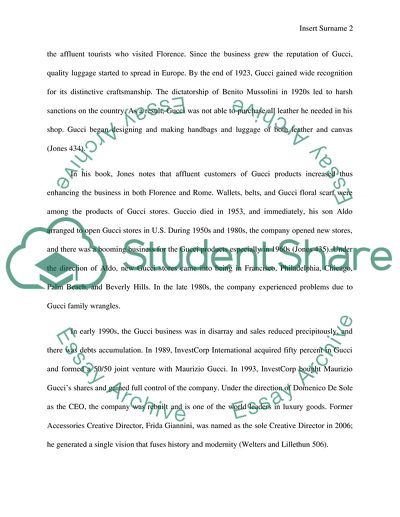Cite this document
(“The evolution of Italian Fashion Essay Example | Topics and Well Written Essays - 2000 words”, n.d.)
The evolution of Italian Fashion Essay Example | Topics and Well Written Essays - 2000 words. Retrieved from https://studentshare.org/visual-arts-film-studies/1593119-the-evolution-of-italian-fashion
The evolution of Italian Fashion Essay Example | Topics and Well Written Essays - 2000 words. Retrieved from https://studentshare.org/visual-arts-film-studies/1593119-the-evolution-of-italian-fashion
(The Evolution of Italian Fashion Essay Example | Topics and Well Written Essays - 2000 Words)
The Evolution of Italian Fashion Essay Example | Topics and Well Written Essays - 2000 Words. https://studentshare.org/visual-arts-film-studies/1593119-the-evolution-of-italian-fashion.
The Evolution of Italian Fashion Essay Example | Topics and Well Written Essays - 2000 Words. https://studentshare.org/visual-arts-film-studies/1593119-the-evolution-of-italian-fashion.
“The Evolution of Italian Fashion Essay Example | Topics and Well Written Essays - 2000 Words”, n.d. https://studentshare.org/visual-arts-film-studies/1593119-the-evolution-of-italian-fashion.


